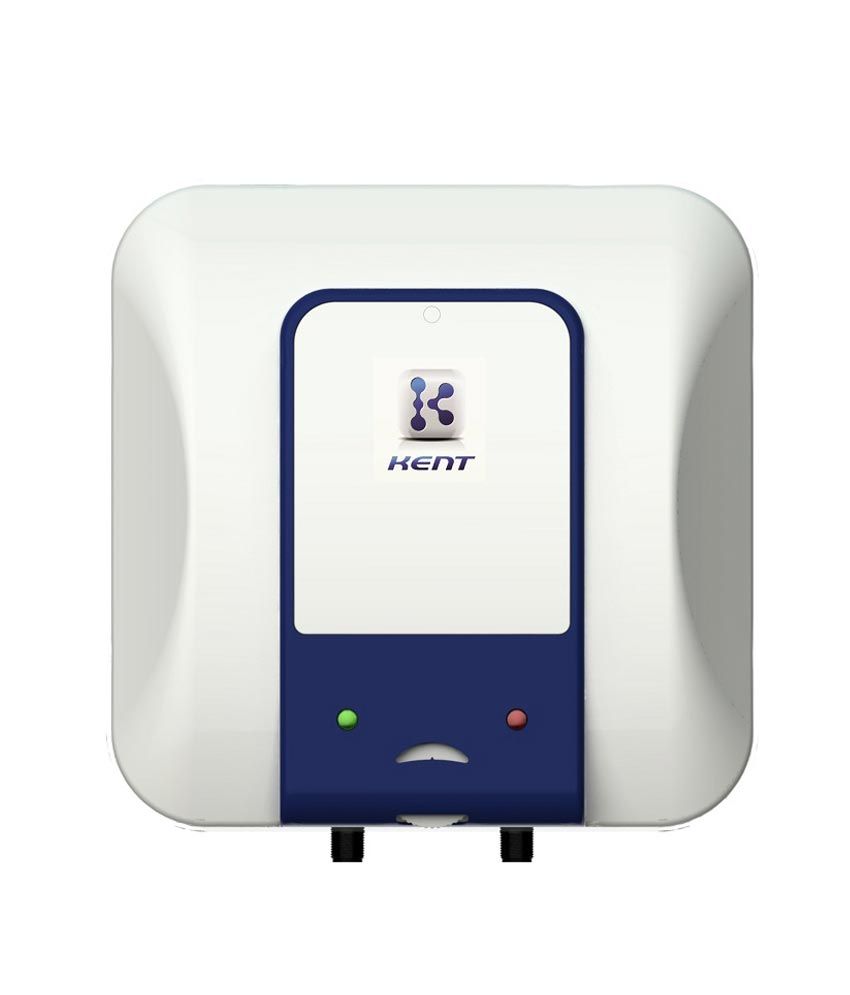
Water heater is an appliance that works 24×7 to provide hot water for your family throughout the winter. Now even though, we would love for it to work continuously without any tire and without requiring any assistance or maintenance, the reality is quite the opposite. Geysers like any other electrical appliance will require maintenance and must be used properly else the life of the device can get significantly short due to negligence. So tips and tricks in using and maintaining the geyser can go a long way in prolonging the life of the geyser. Given below are some of these methods.
1) Monitoring and cleaning the Pressure Valve
Water heaters are equipped with a temperature-pressure release valve also known as the T &P valve which helps in building the safety of the geyser. This valve helps in releasing pressure by opening when there is too much pressure and in releasing heat when there is too much of heat, thereby preventing any kind of dangerous explosions or implosions. However, this valve can easily malfunction due to a build-up of hard water residue or other impurity sediments which can thus block the valve rendering it useless. Hence, it’s imperative that we check and clean the valve at least thrice a year to ensure efficient heating while at the same time maintain the life of the geyser. This cleaning can be done by opening and closing the valve a few times keeping in mind that a proper functioning valve releases water when its open almost simultaneously. If there is a problem in the water release, the valve must be replaced.
2) Sediment flushing
As we discussed above, hard-water sediments and impurity salts may form and then get build up in the water heater as scales. These scales can cause a lot of damage as they also settle at the bottom of the geyser and form a layer over layer that leads to the requirement of extra heat to heat the water in the tank. The sediments also corrode the walls of the tank finally causing leaks. Hence flushing the sediments at least once a year, is really important.
Use the drain valve attached at the bottom of the geyser to connect a hose and then release the valve. When the sediments are fresh, they are not still attached and can easily flow out with water through the hose pipe. Next, we run the hot water faucets and then again release the drain valve which releases a discoloured fluid which is indicative of the sediment release. We must ensure that the sediments do not clog the valve at any point by releasing the cold water in spurts at regular intervals while cleaning. The process is repeated until the water that is coming out is completely clear of any sediments.
3) Anode Rod Inspection
Water heater tanks basically have a metal rod that is the electrode that gets heated due to electricity or flammable gas and water flows beside this electrode thereby heating it. However, the anode rod also attracts calcium minerals. These minerals form the sediments that go on to later corrode the lining of the water tank, so the rod basically attracts these sediments without allowing them to settle at the bottom of the tank thereby protecting the geyser. It is thus important to inspect this rod and replace it once every three years to avoid problems.
These 3 methods go a long way in increasing the life of the geyser and saving us the money of buying a new geyser. Visit this site for more information.
